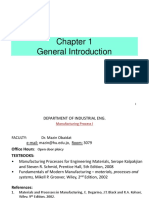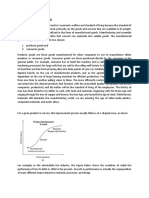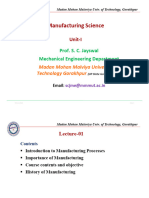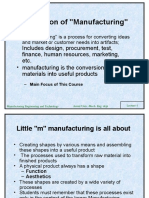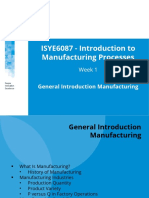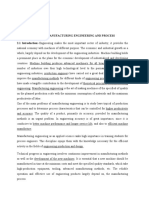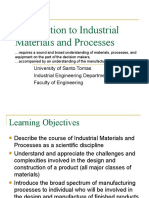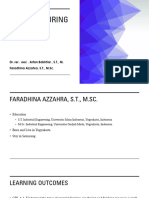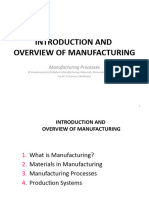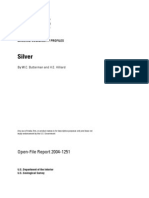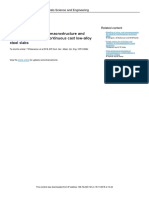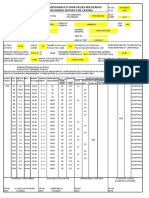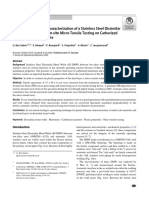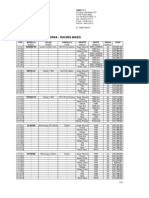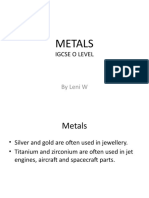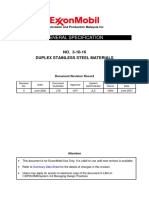0% found this document useful (0 votes)
11 views30 pagesManufacturing Technology I - Lecture 1 (Introduction)
Manufacturing Technology is the study of converting raw materials into finished products using engineering principles and various processes. The course covers materials science, manufacturing processes, CAD/CAM, and industrial automation, equipping students with skills for diverse career paths in industries like automotive and aerospace. The curriculum includes topics such as material properties, metalworking, and quality control, with assessments based on continuous evaluation and final examinations.
Uploaded by
kalahanmoonga82Copyright
© © All Rights Reserved
We take content rights seriously. If you suspect this is your content, claim it here.
Available Formats
Download as PDF, TXT or read online on Scribd
0% found this document useful (0 votes)
11 views30 pagesManufacturing Technology I - Lecture 1 (Introduction)
Manufacturing Technology is the study of converting raw materials into finished products using engineering principles and various processes. The course covers materials science, manufacturing processes, CAD/CAM, and industrial automation, equipping students with skills for diverse career paths in industries like automotive and aerospace. The curriculum includes topics such as material properties, metalworking, and quality control, with assessments based on continuous evaluation and final examinations.
Uploaded by
kalahanmoonga82Copyright
© © All Rights Reserved
We take content rights seriously. If you suspect this is your content, claim it here.
Available Formats
Download as PDF, TXT or read online on Scribd
/ 30






